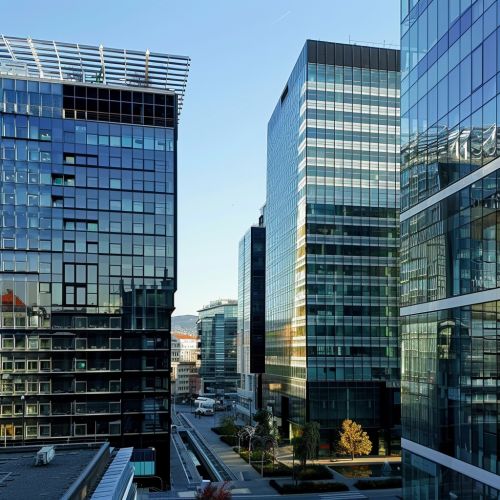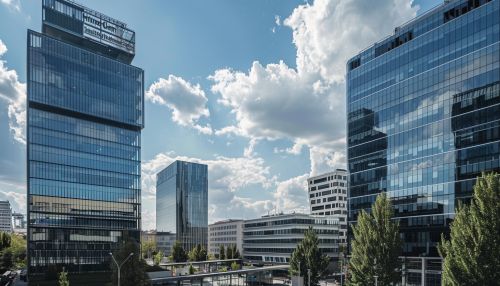Vienna
History
Vienna, the capital of Austria, has a rich history that dates back to the Roman Empire. The city was originally a Celtic settlement before it was taken over by the Romans, who established it as a military camp called Vindobona. After the fall of the Roman Empire, Vienna went through a period of decline, but it was revitalized in the Middle Ages under the rule of the Babenberg Dynasty.
In the 16th century, Vienna became the capital of the Habsburg Empire, and it flourished as a cultural and political center of Europe. The city was besieged twice by the Ottoman Empire, but it managed to resist both invasions. During the 18th and 19th centuries, Vienna was a hub of the Enlightenment and the Industrial Revolution, and it was home to many famous composers, including Mozart, Beethoven, and Schubert.

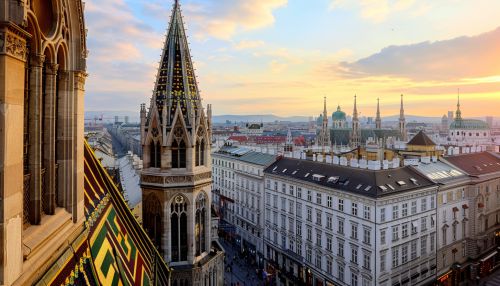
In the 20th century, Vienna was at the center of major world events. It was the birthplace of psychoanalysis, thanks to the work of Sigmund Freud, and it played a key role in the lead-up to both World Wars. After World War II, Vienna was divided into four zones controlled by the Allies, but it regained its independence in 1955 with the signing of the Austrian State Treaty.
Geography
Vienna is located in northeastern Austria, at the easternmost extension of the Alps in the Vienna Basin. The city is close to the borders of the Czech Republic, Slovakia, and Hungary. The Danube River flows through the city, and the Vienna Woods, a range of low mountains and forests, forms a natural boundary to the west.
The city is divided into 23 districts, each with its unique character and history. The Inner City, or the 1st district, is the historical and cultural heart of Vienna, where many of its most famous landmarks, such as the St. Stephen's Cathedral and the Hofburg Palace, are located.
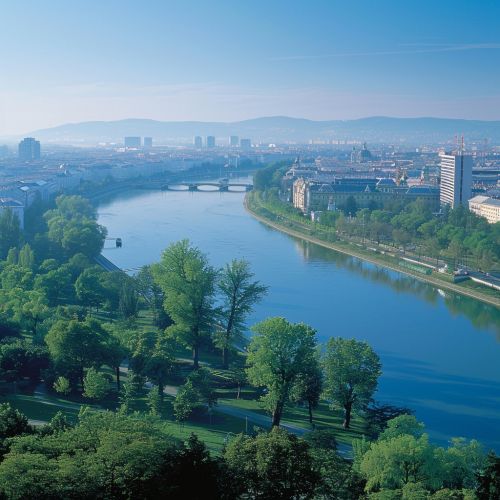

Culture
Vienna is renowned for its cultural and intellectual heritage, shaped by residents including Mozart, Beethoven, and Sigmund Freud. The city is known for its historic and contemporary buildings, including the Baroque castles and gardens, and the late-19th-century Ringstraße lined with grand buildings, monuments, and parks.
Vienna is also known for its high quality of life. In a 2005 study of 127 world cities, the Economist Intelligence Unit ranked the city first for the world's most livable cities. Vienna has been host to many international organizations, including the United Nations, OPEC, and the OSCE. The city also has a long tradition of hosting major international events, including the 2008 European Football Championships and the 2015 Eurovision Song Contest.
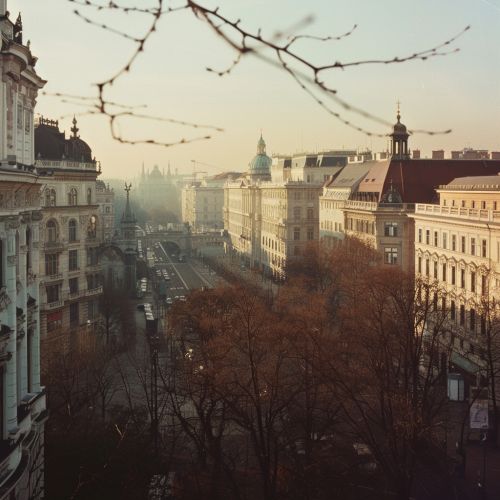
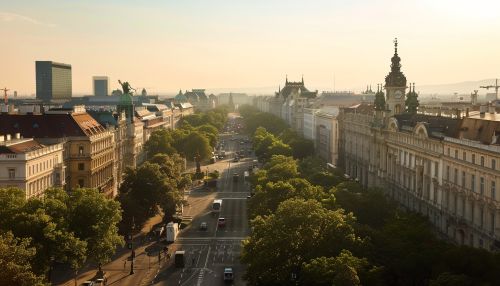
Economy
Vienna is the economic, political, and cultural center of Austria. The city contributes significantly to the Austrian GDP, with sectors such as trade, real estate, corporate services, and public administration leading the economy. Vienna is also an important hub for international organizations and multinational companies.
The city is known for its high standard of living and is consistently ranked among the top cities in the world for quality of life. It is also a major tourist destination, attracting millions of visitors each year with its rich history, vibrant culture, and beautiful architecture.
